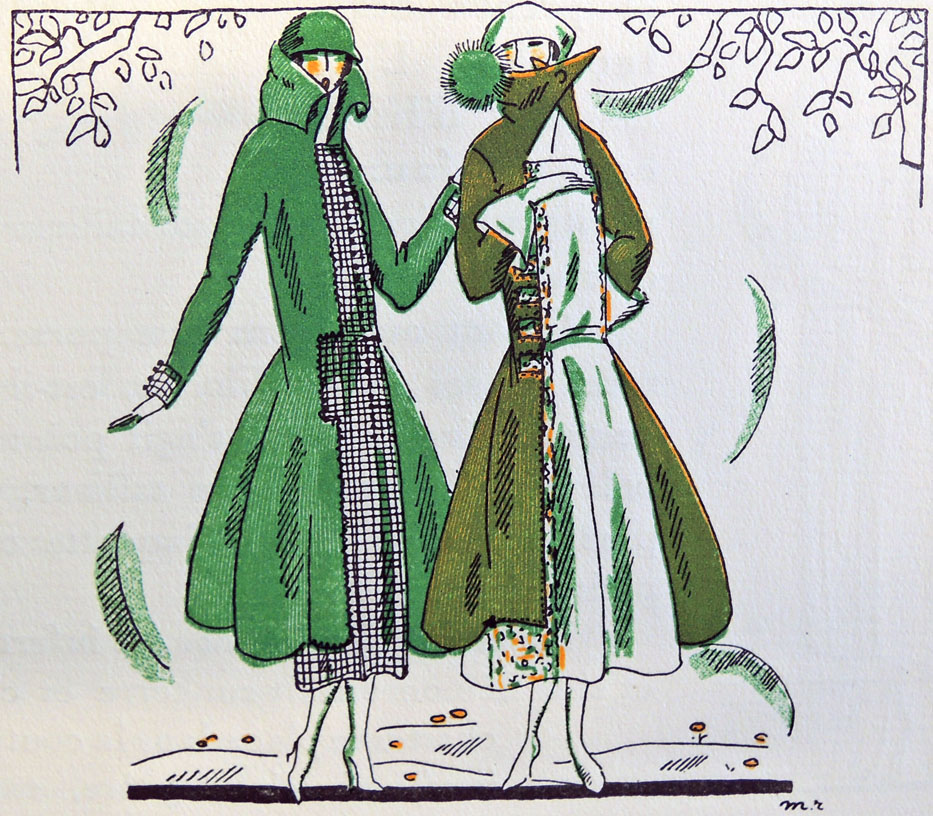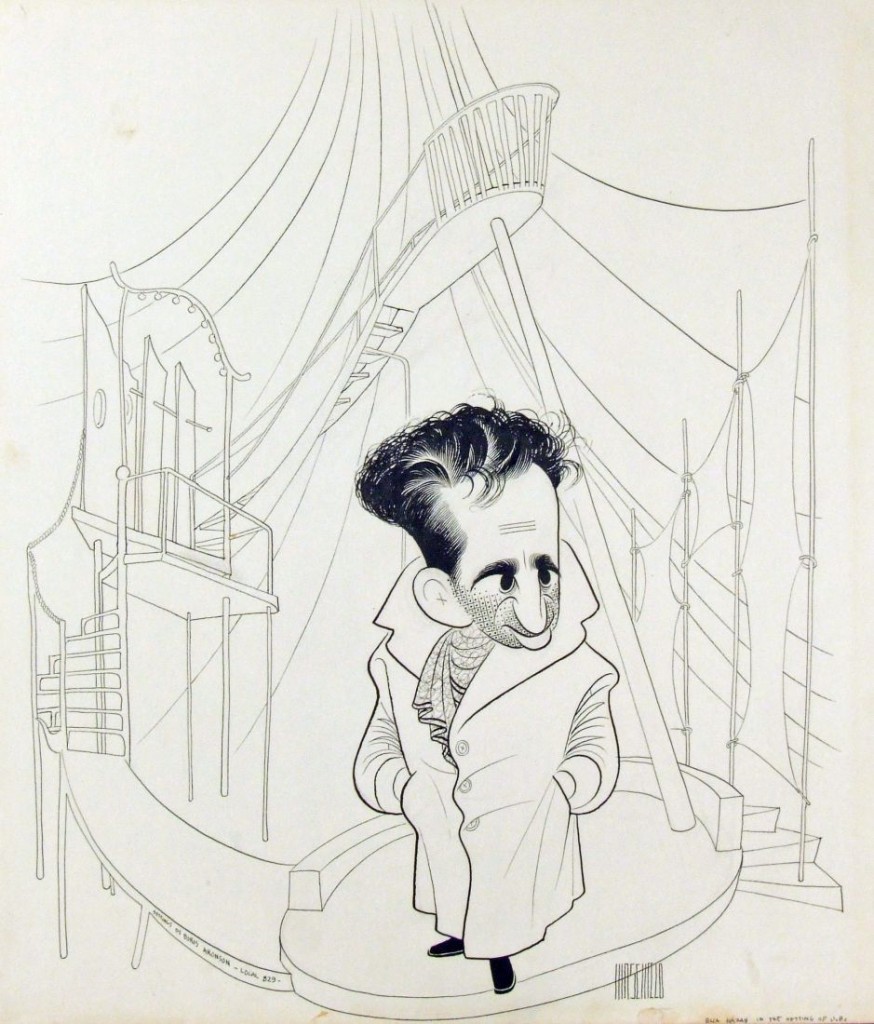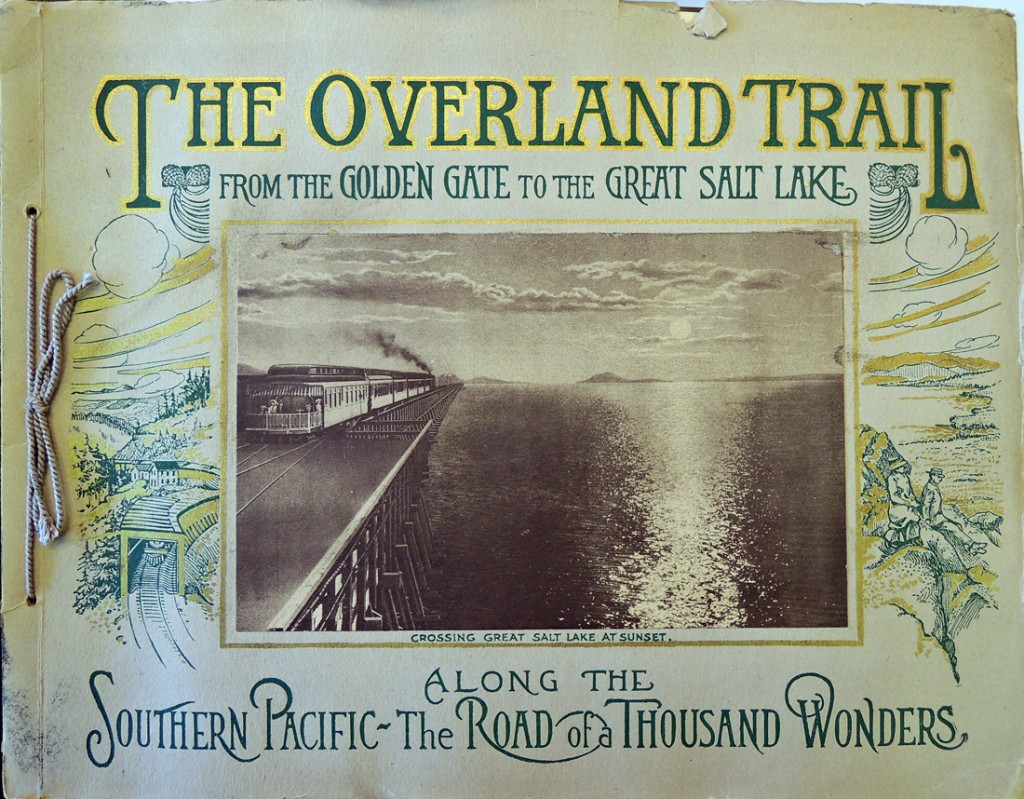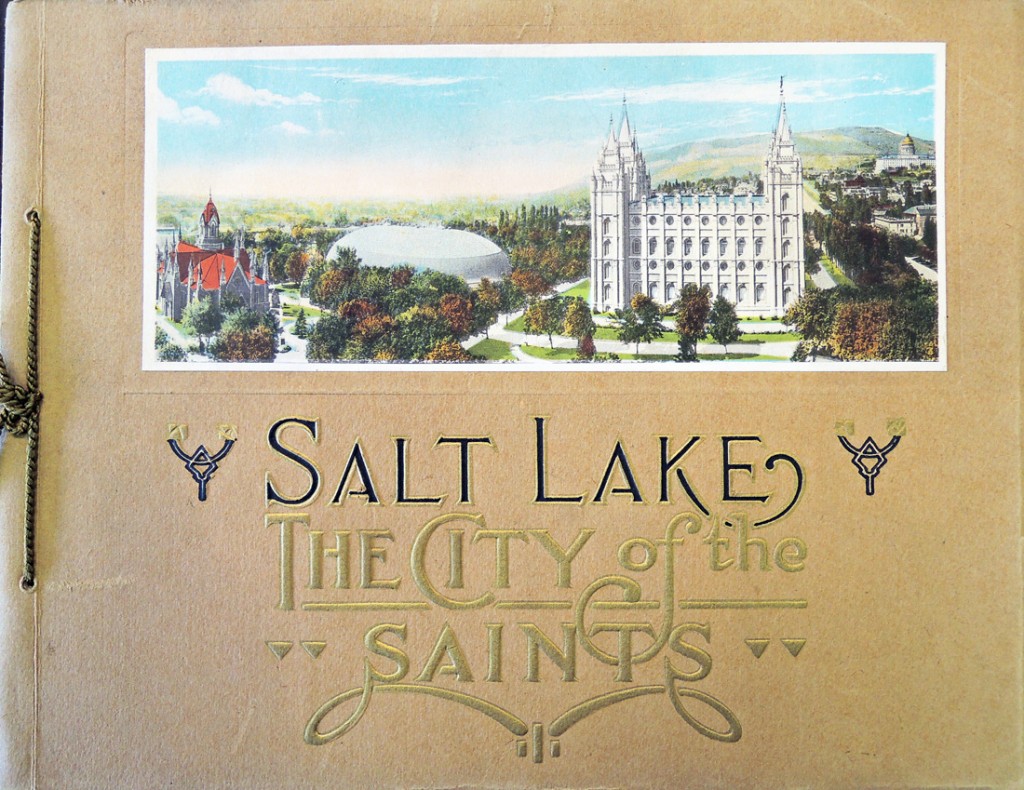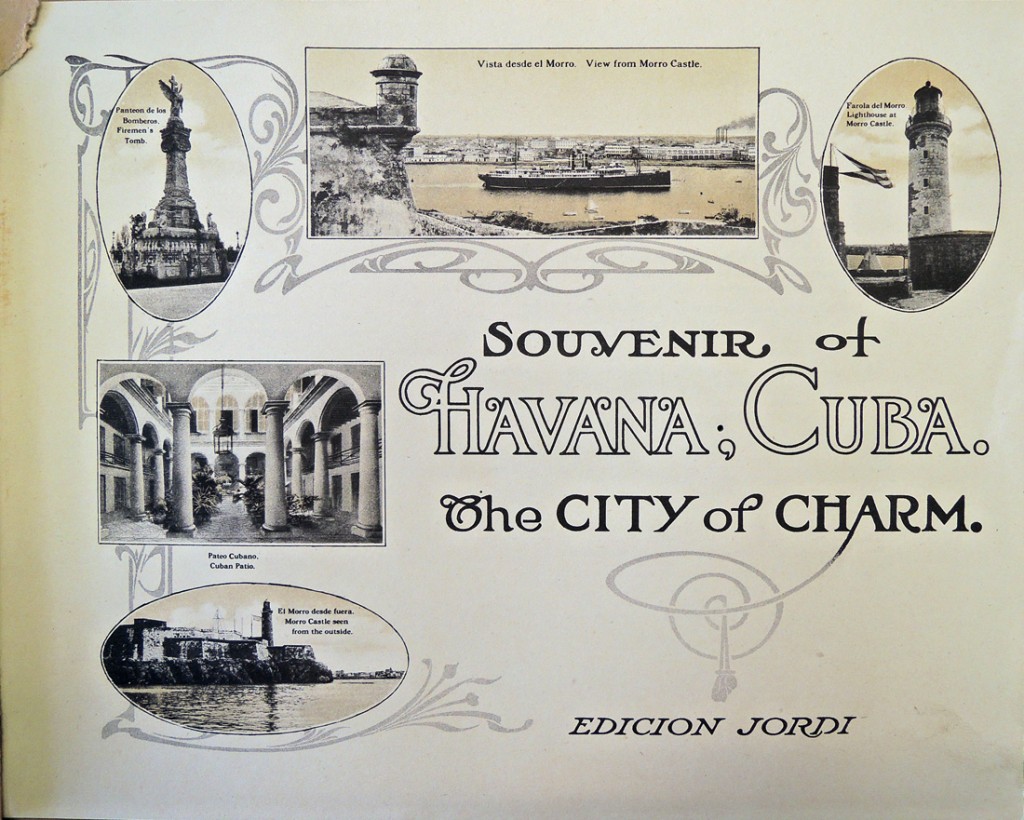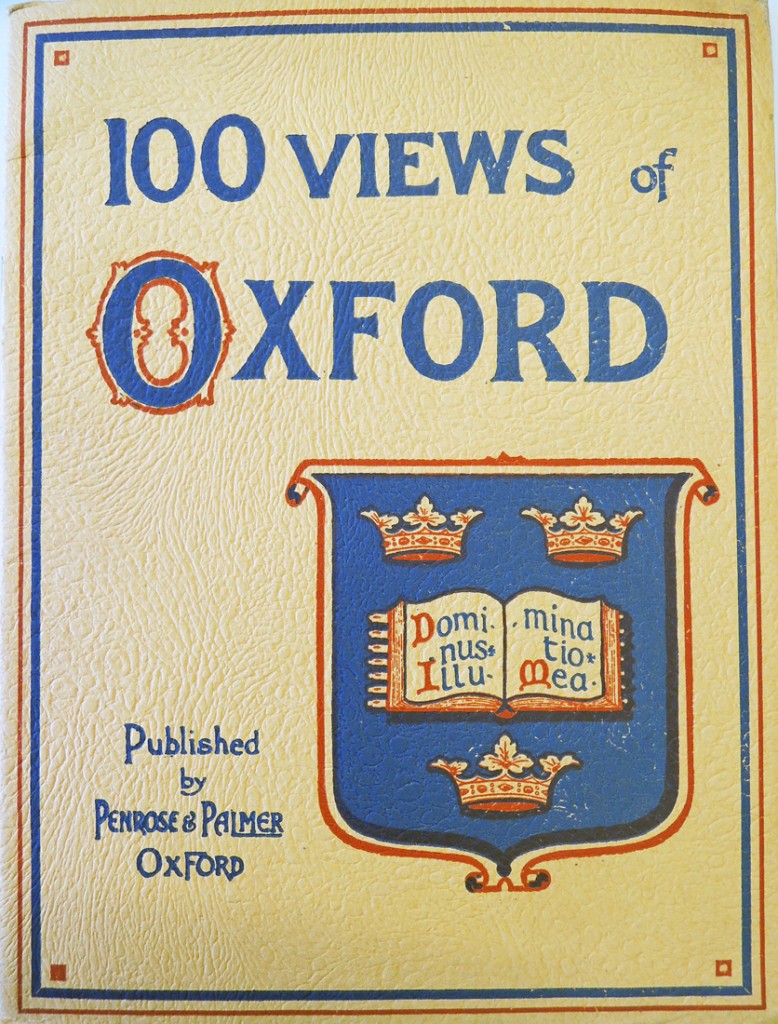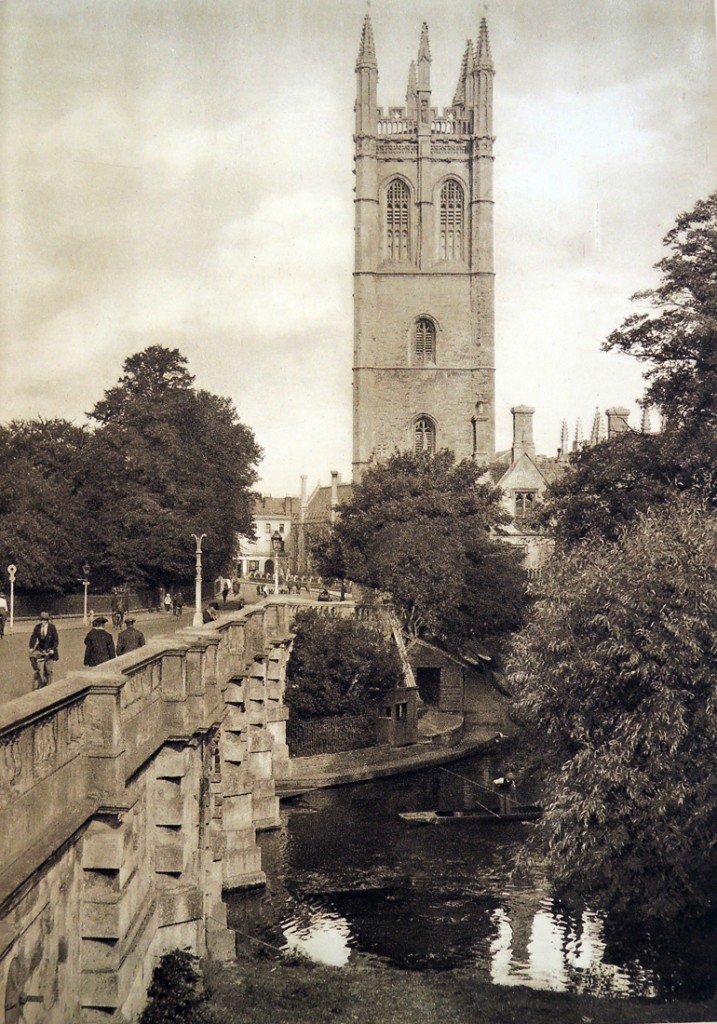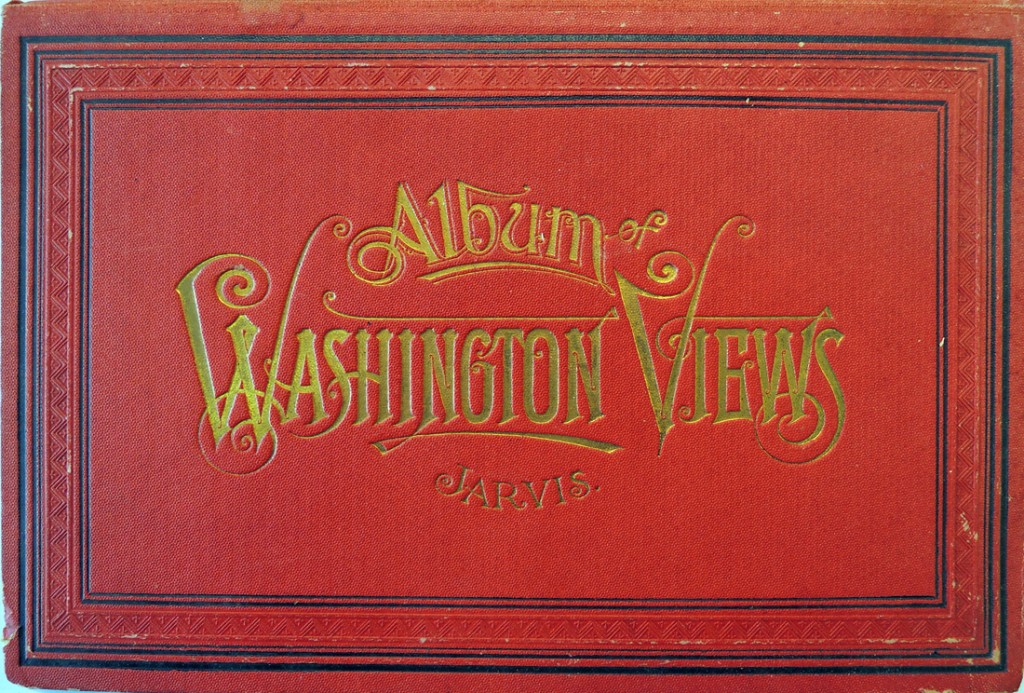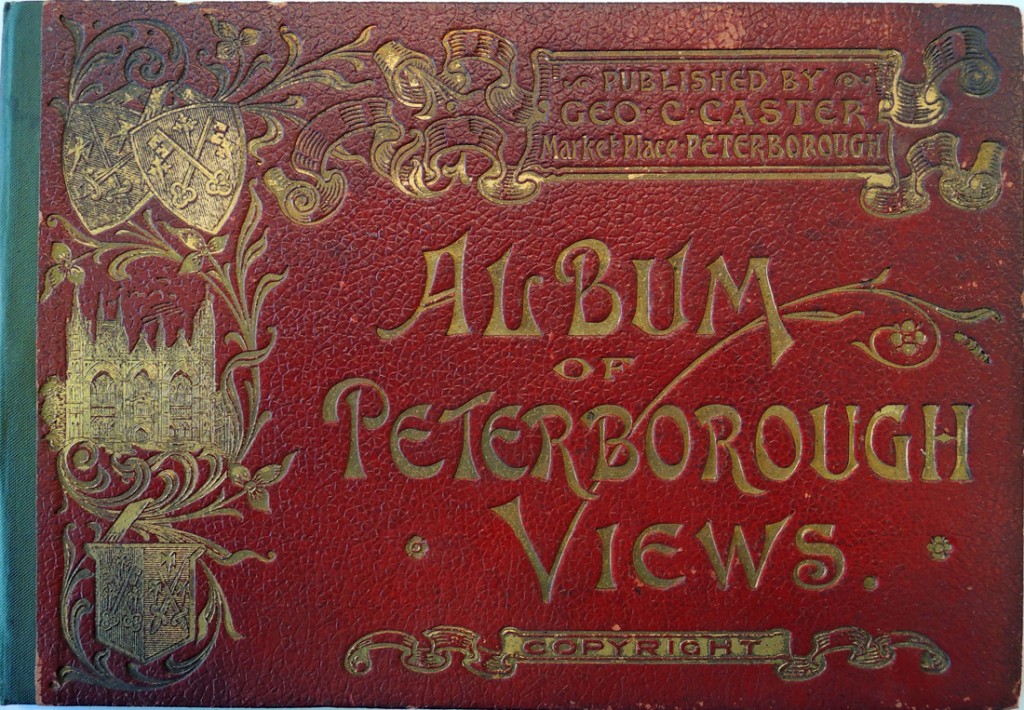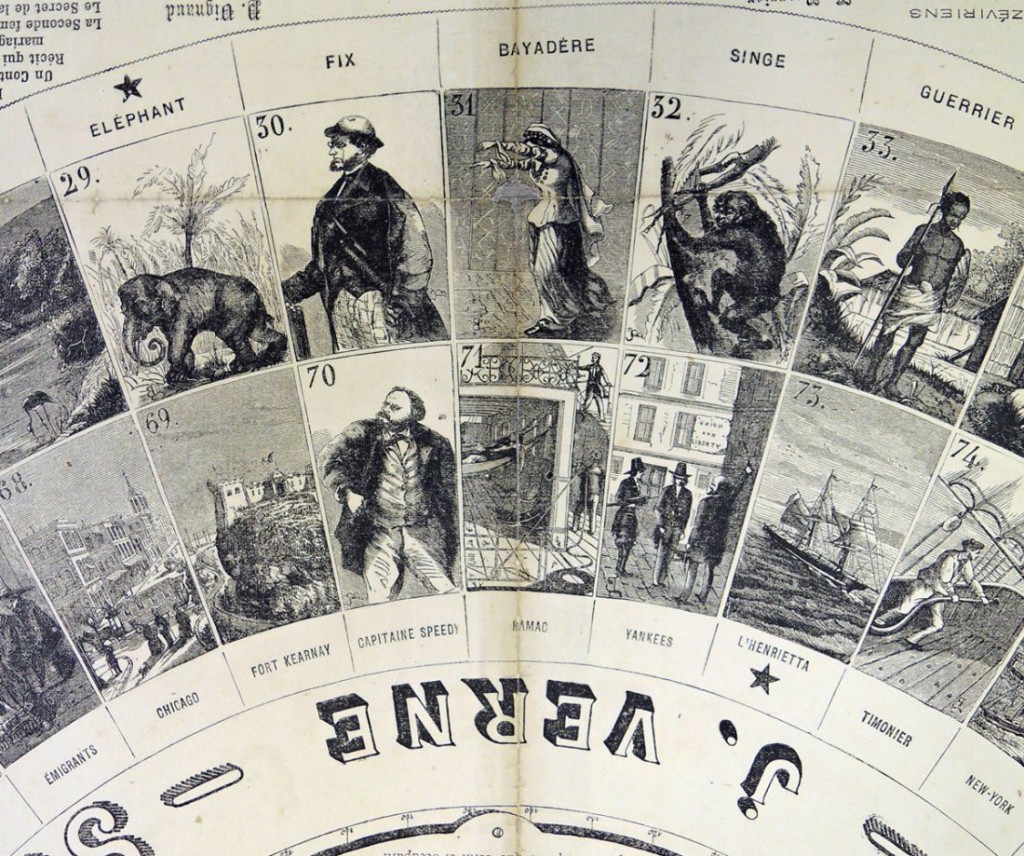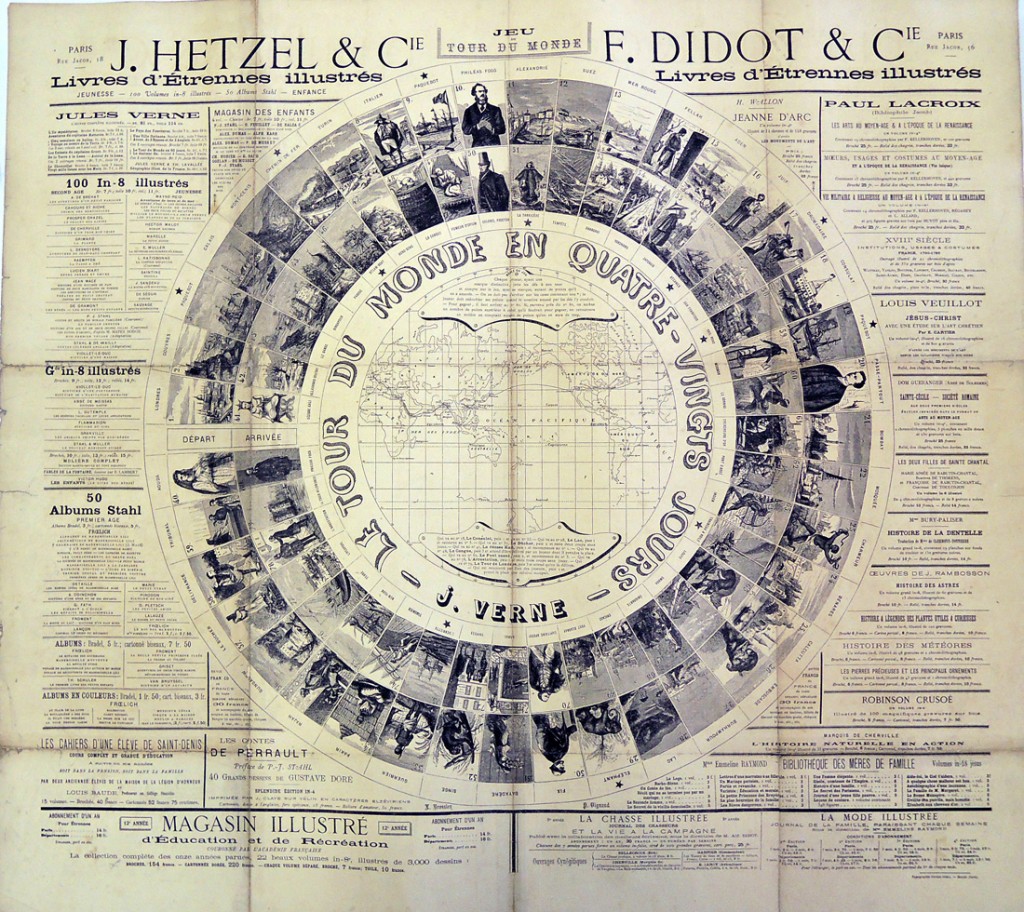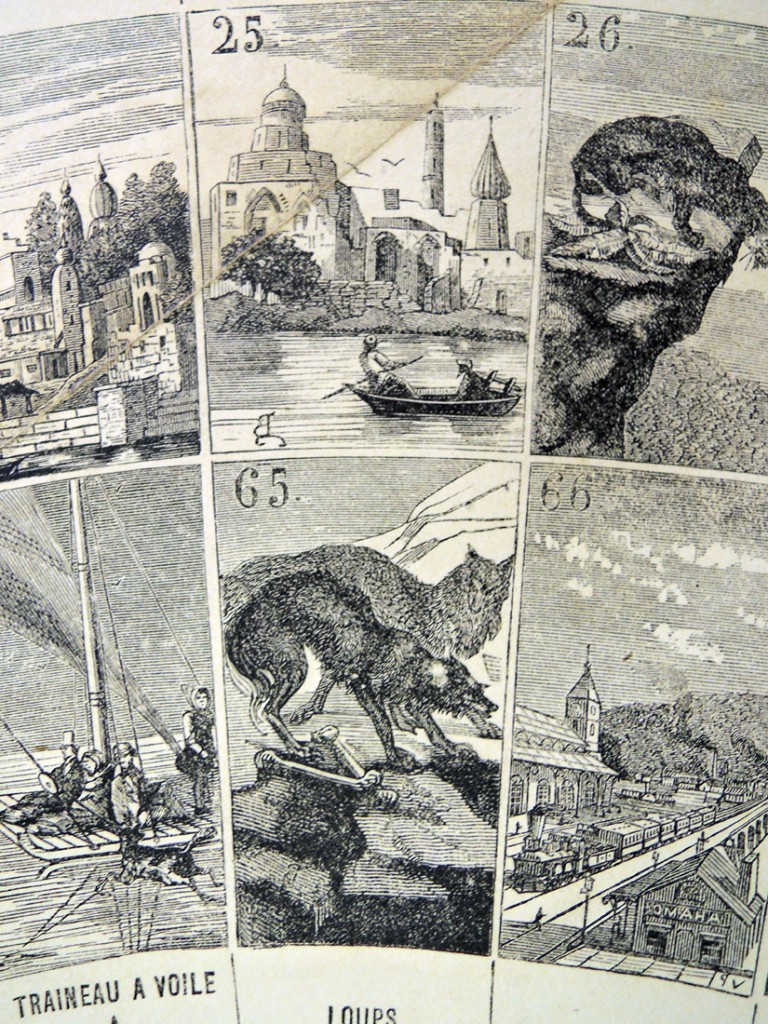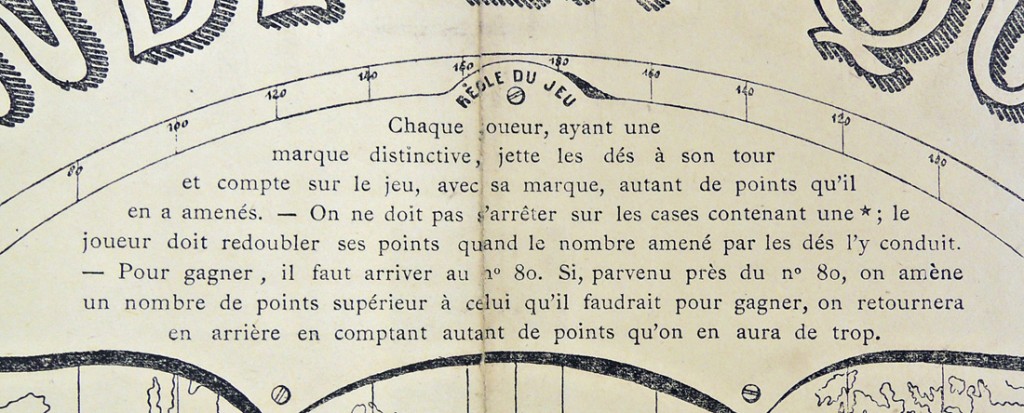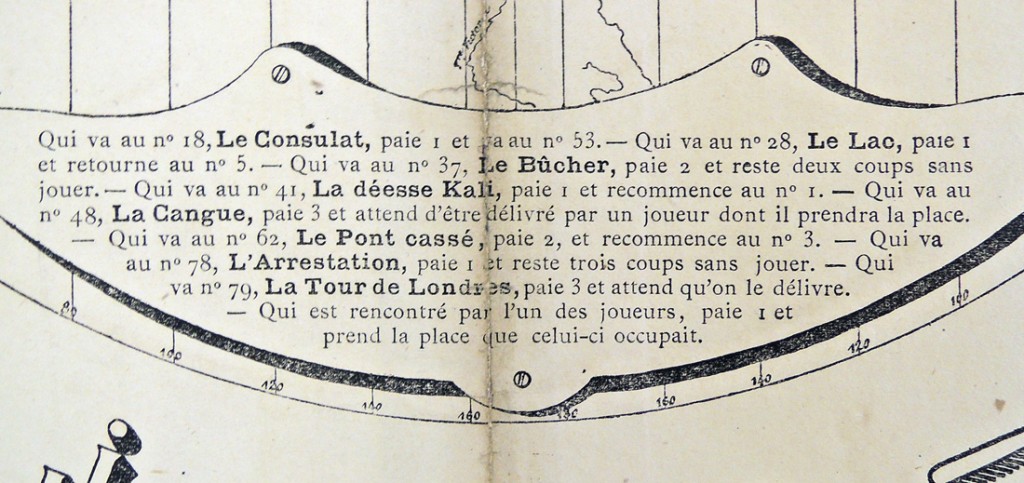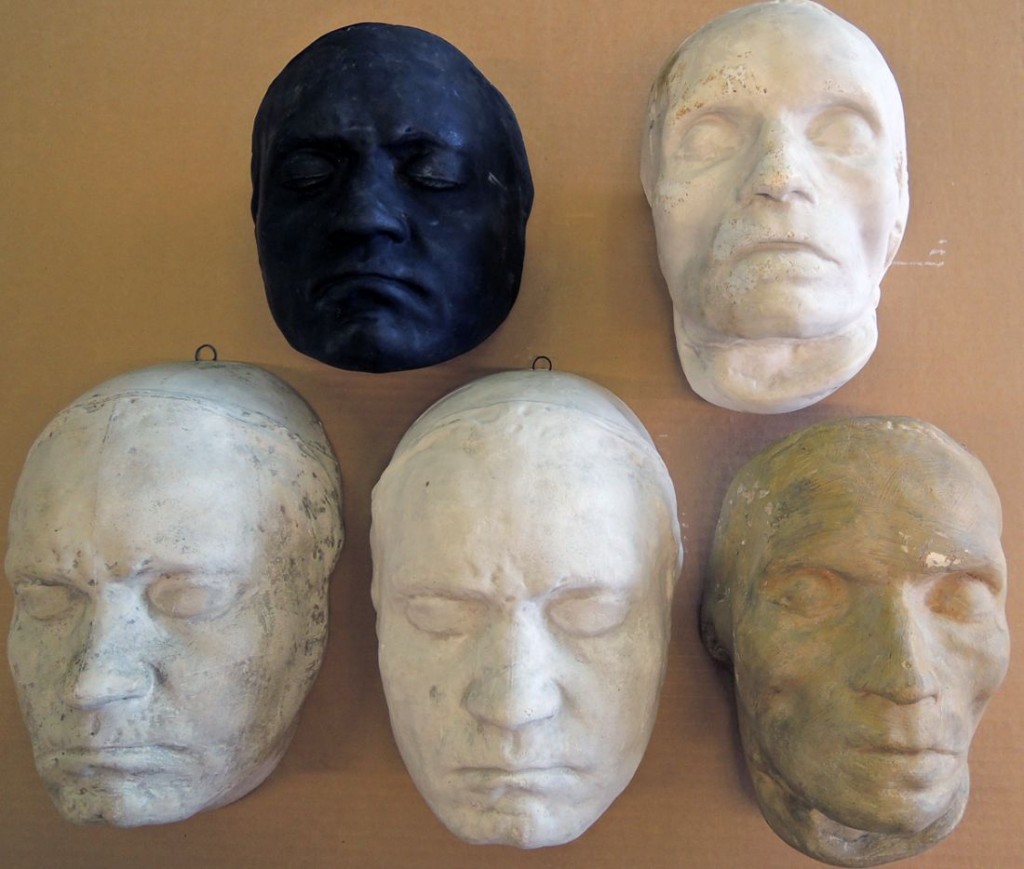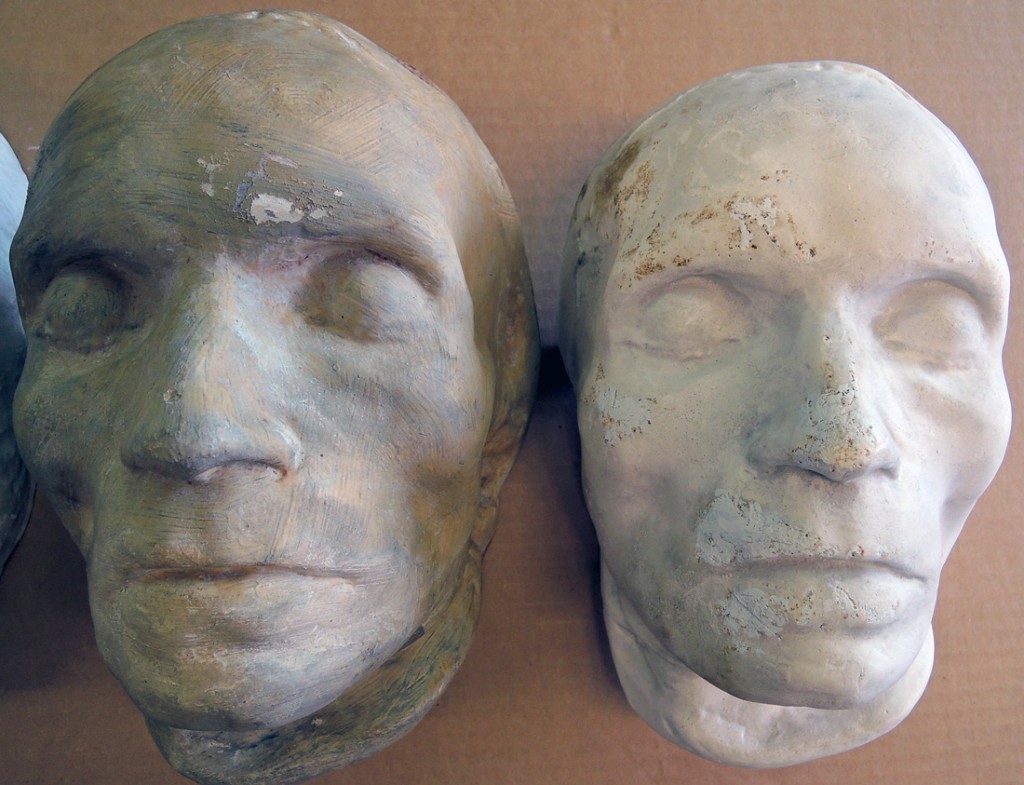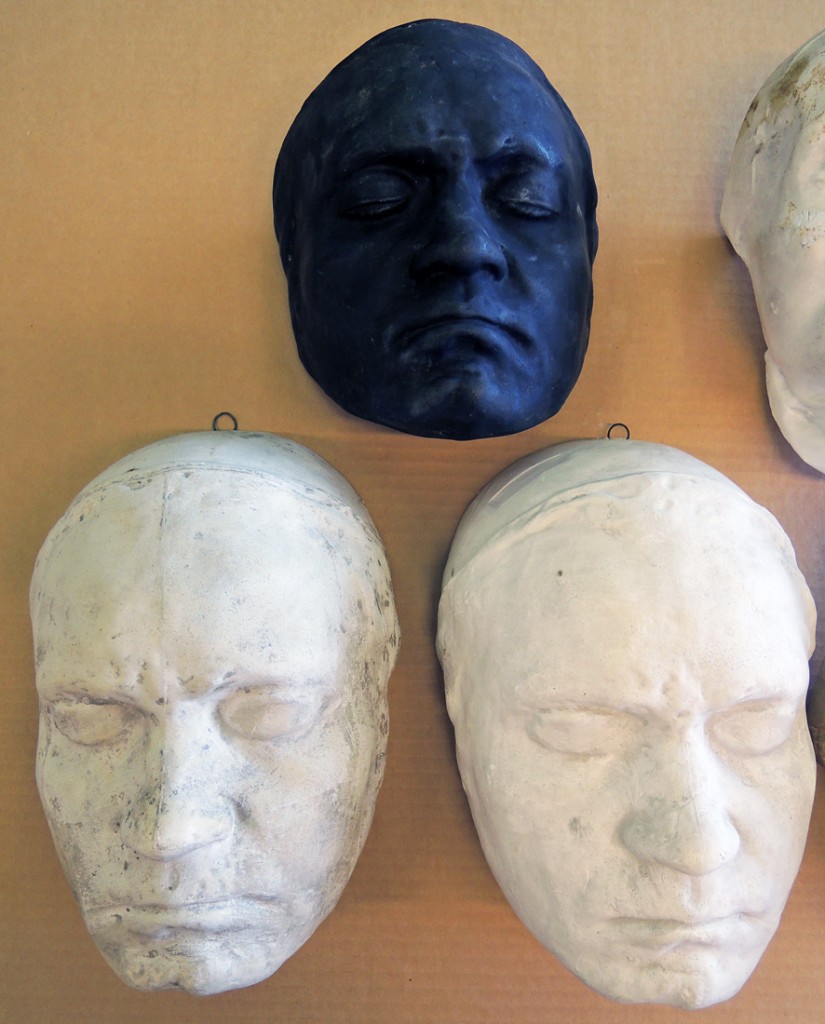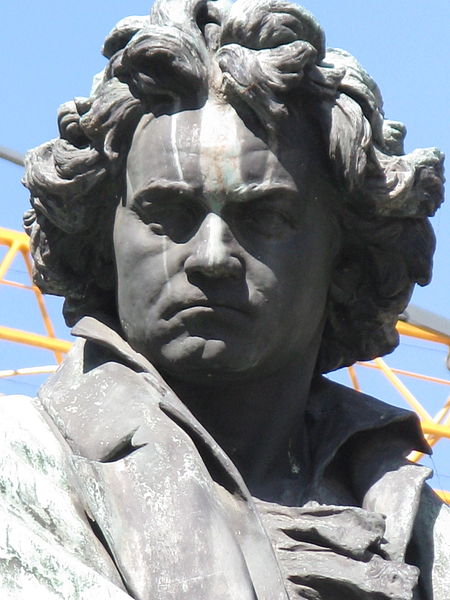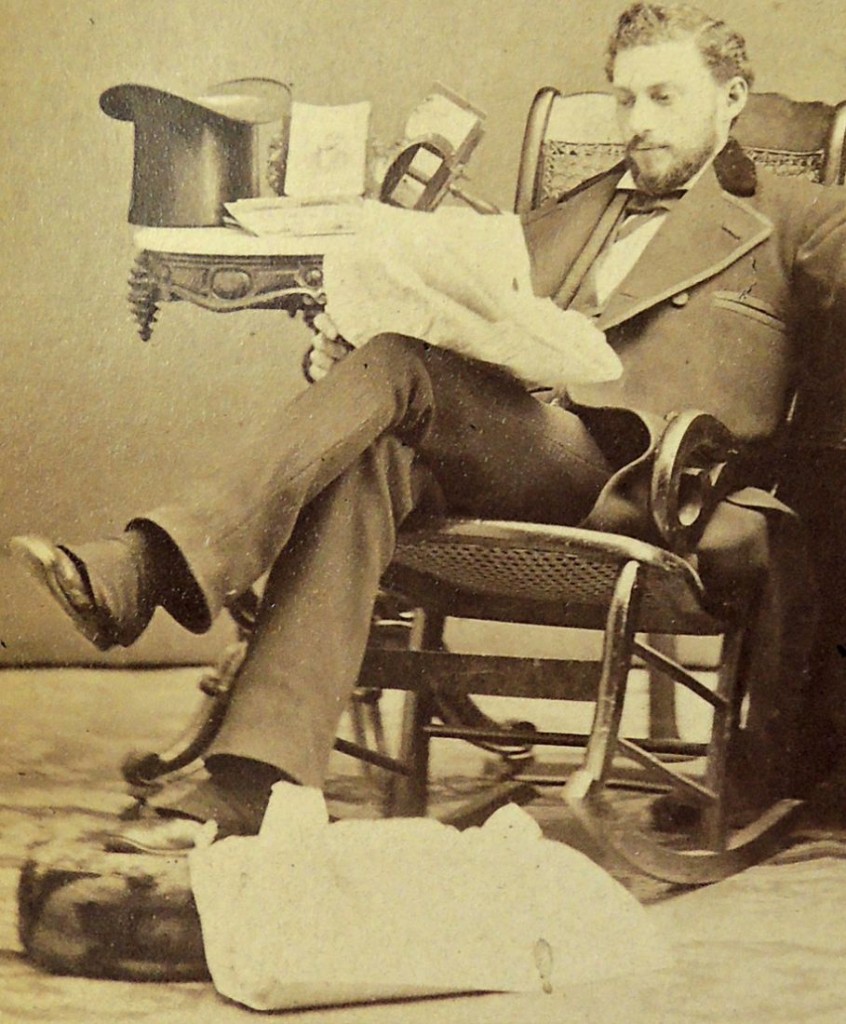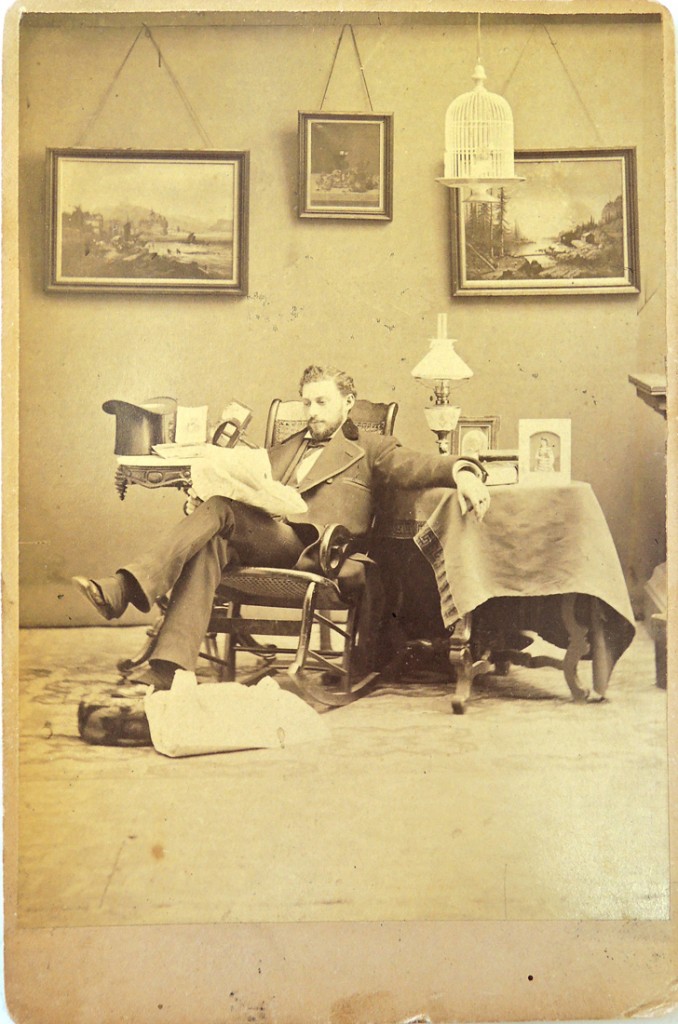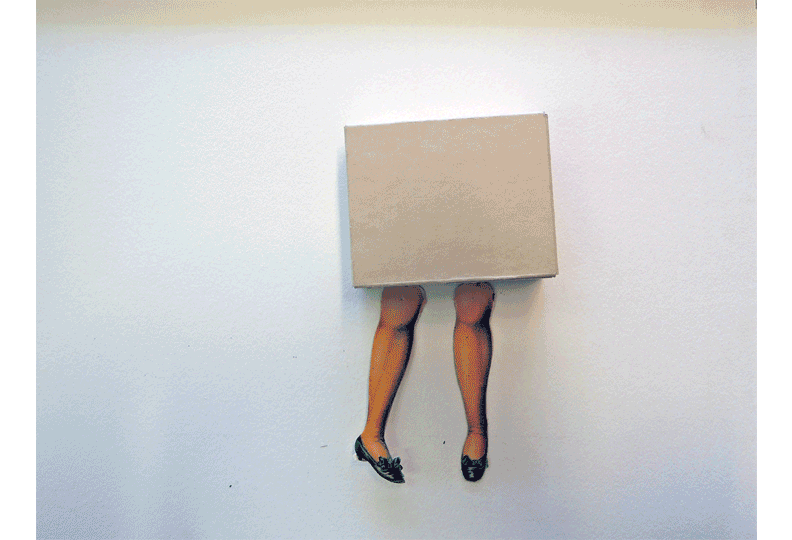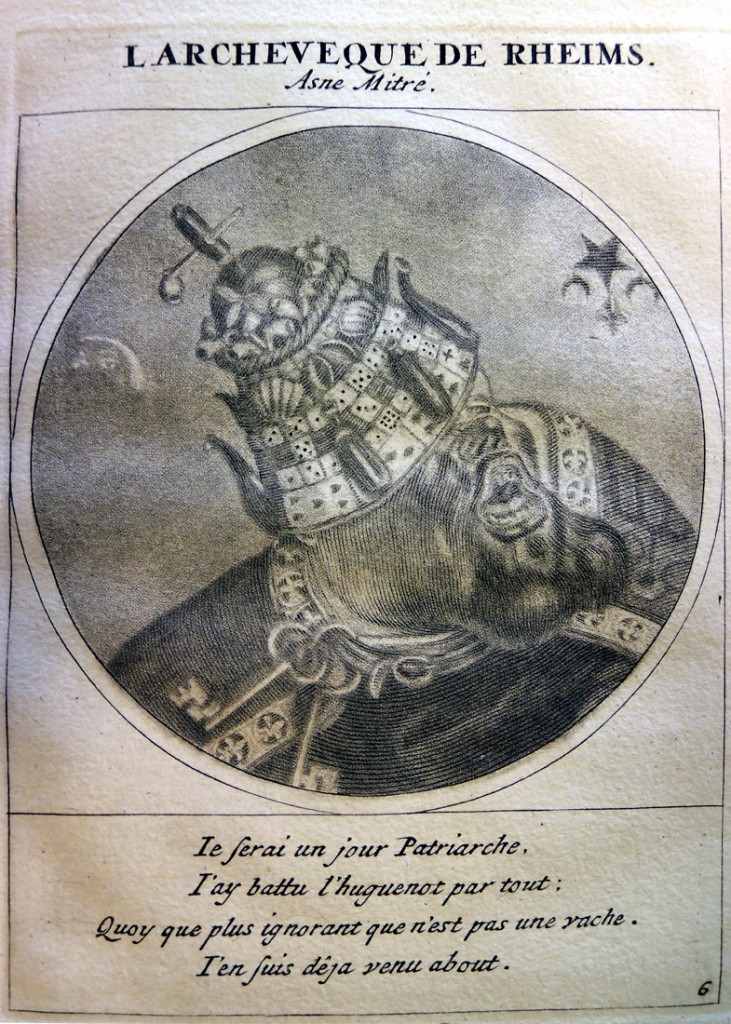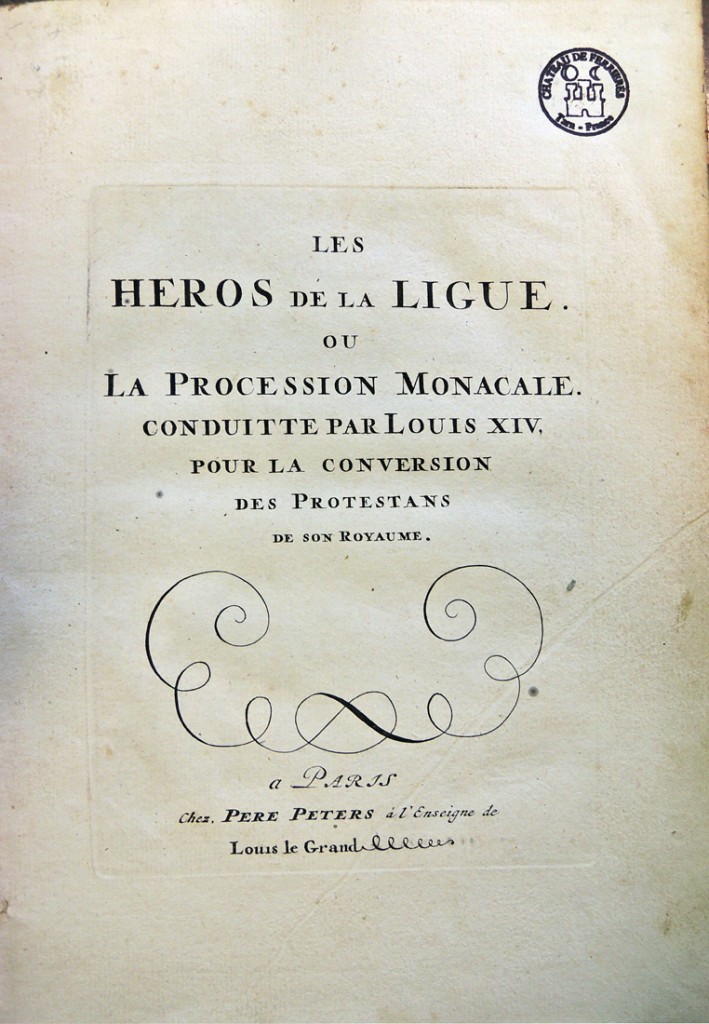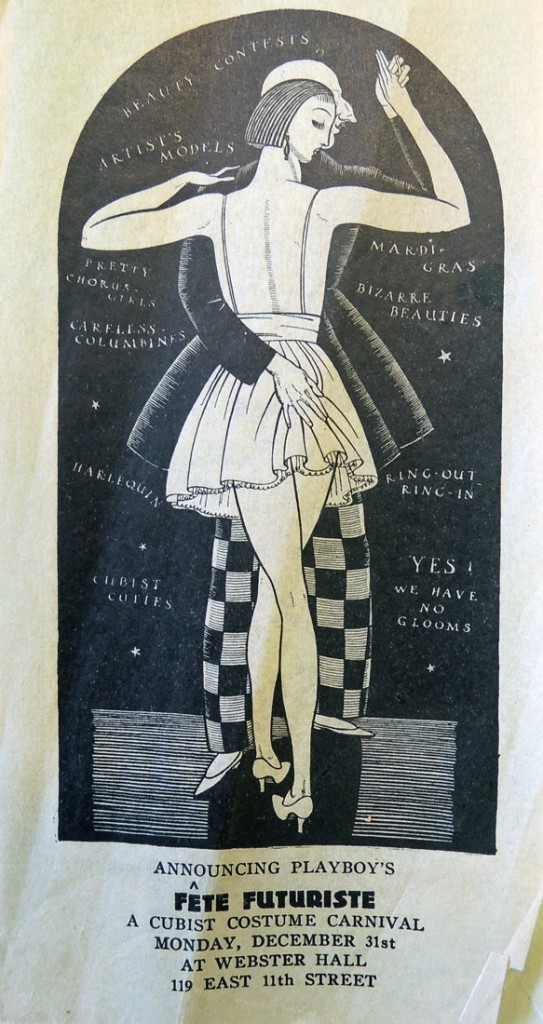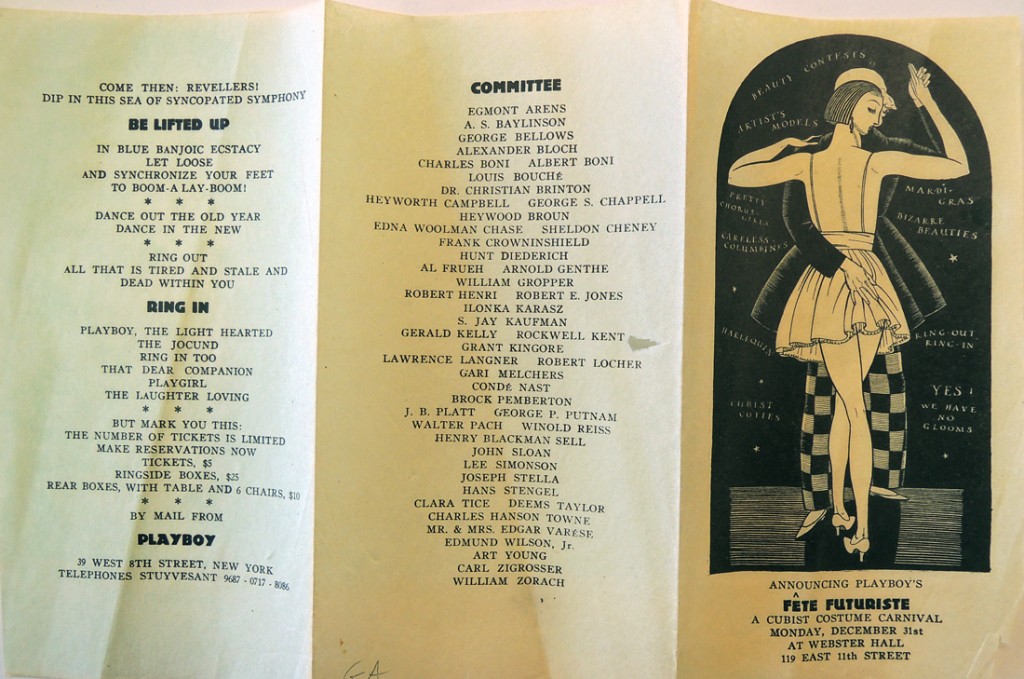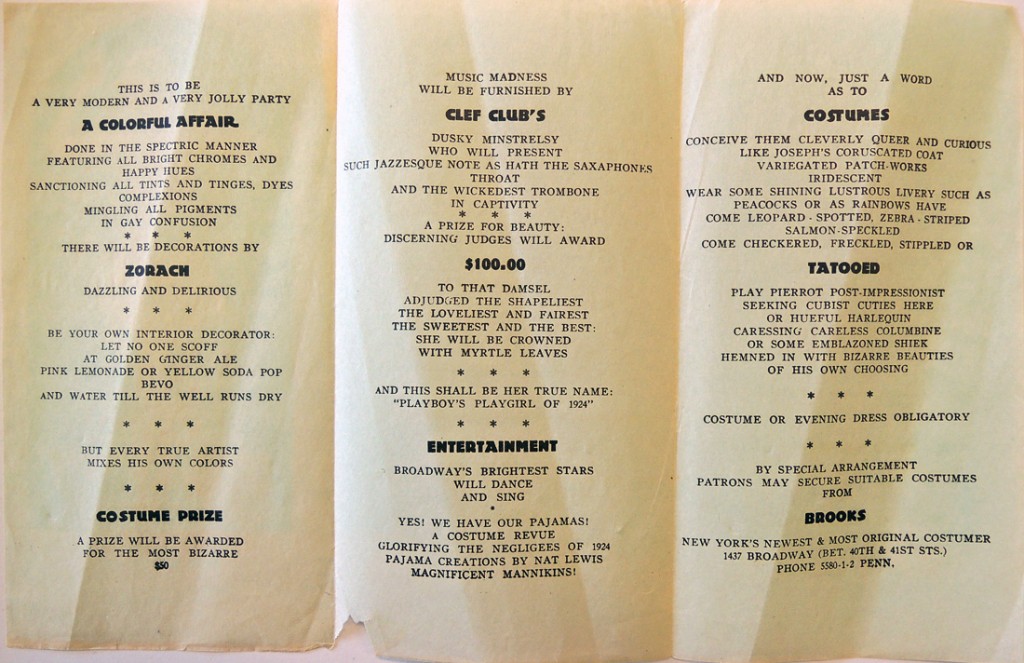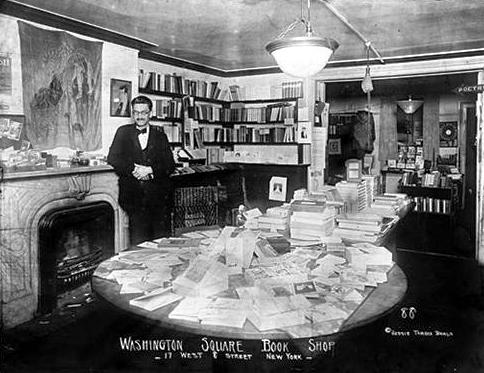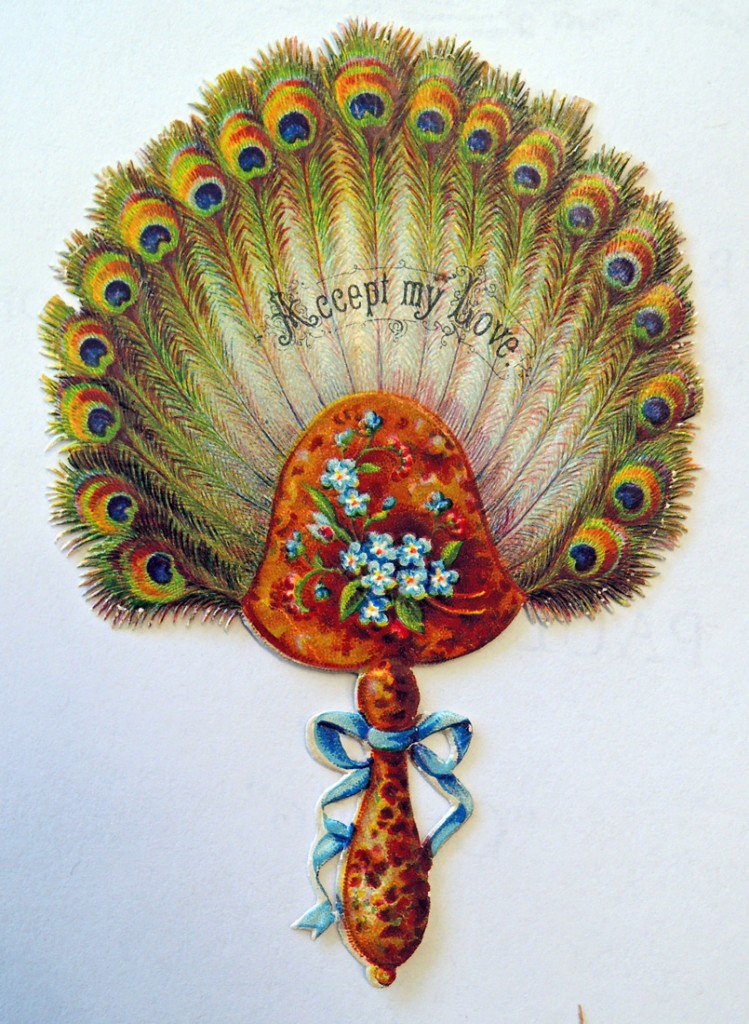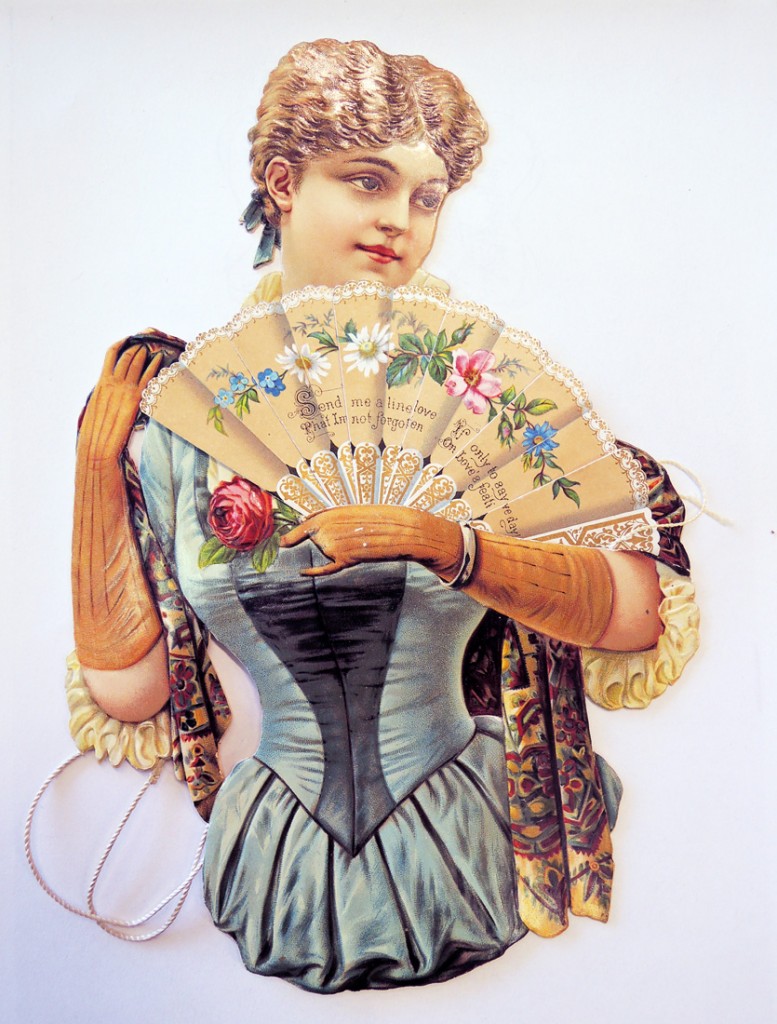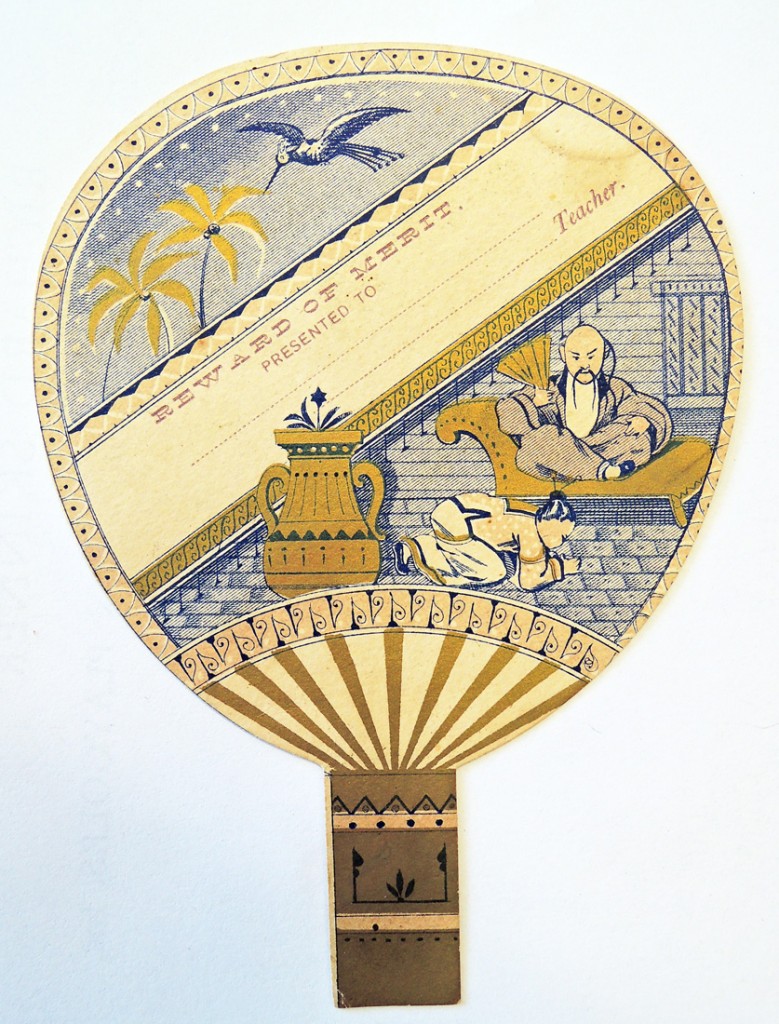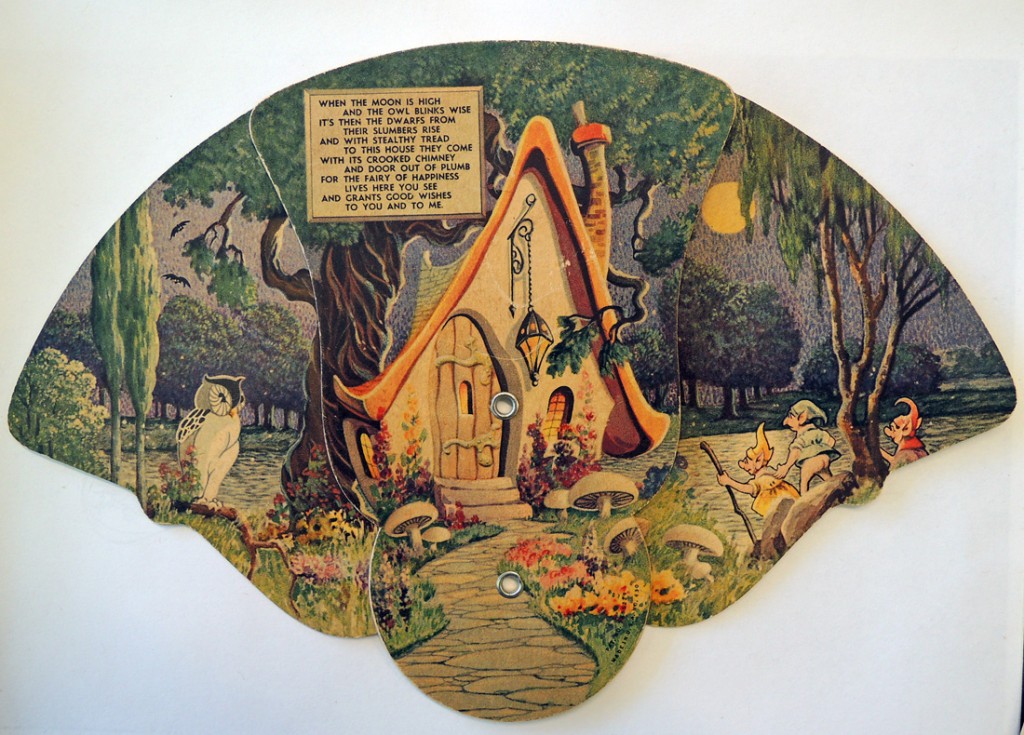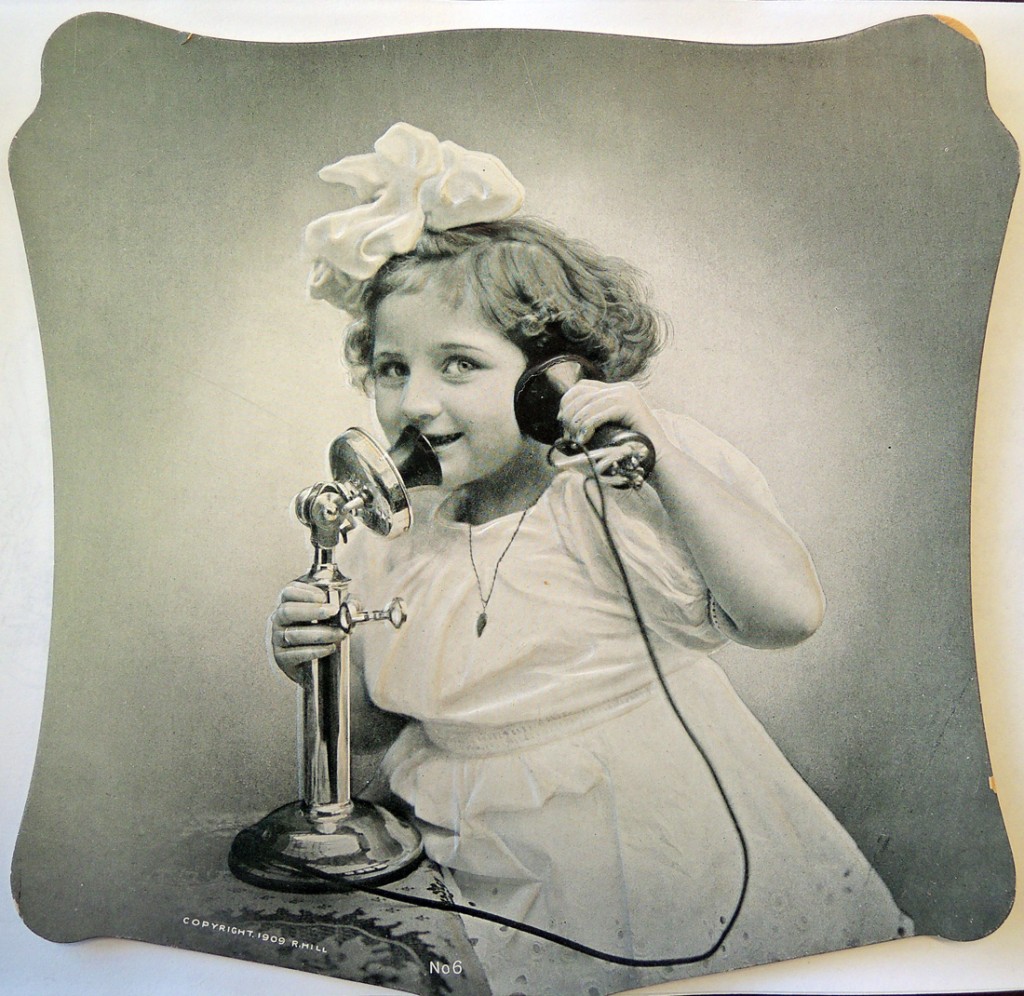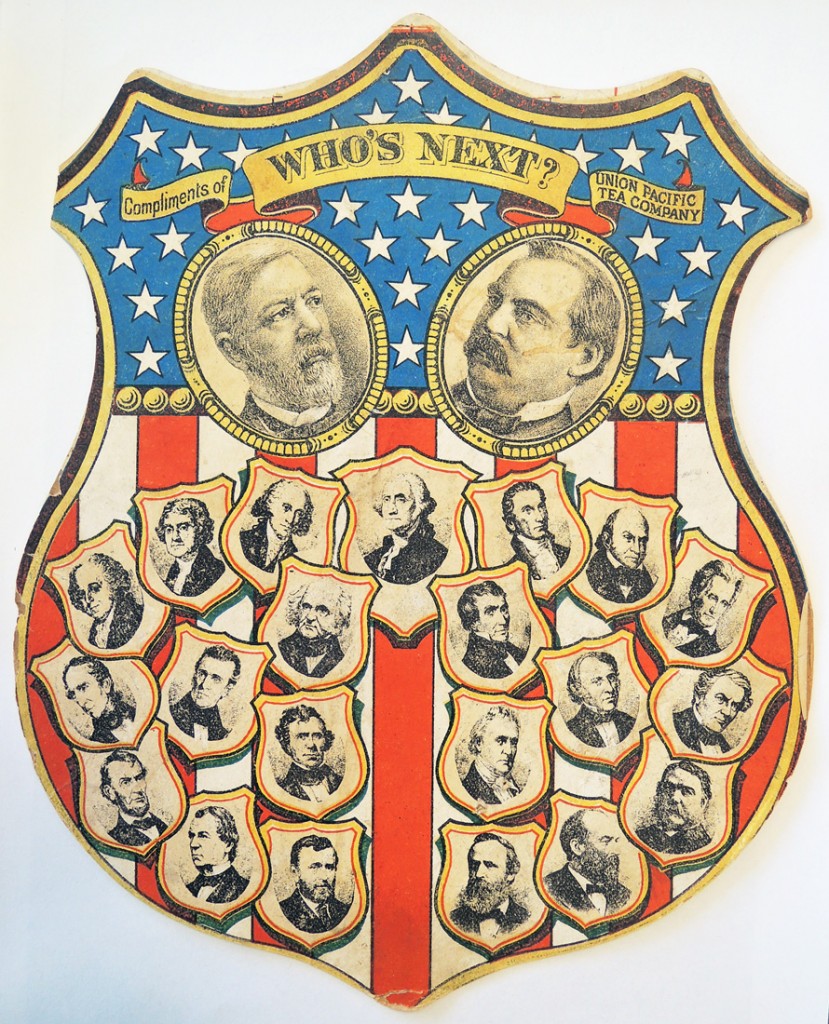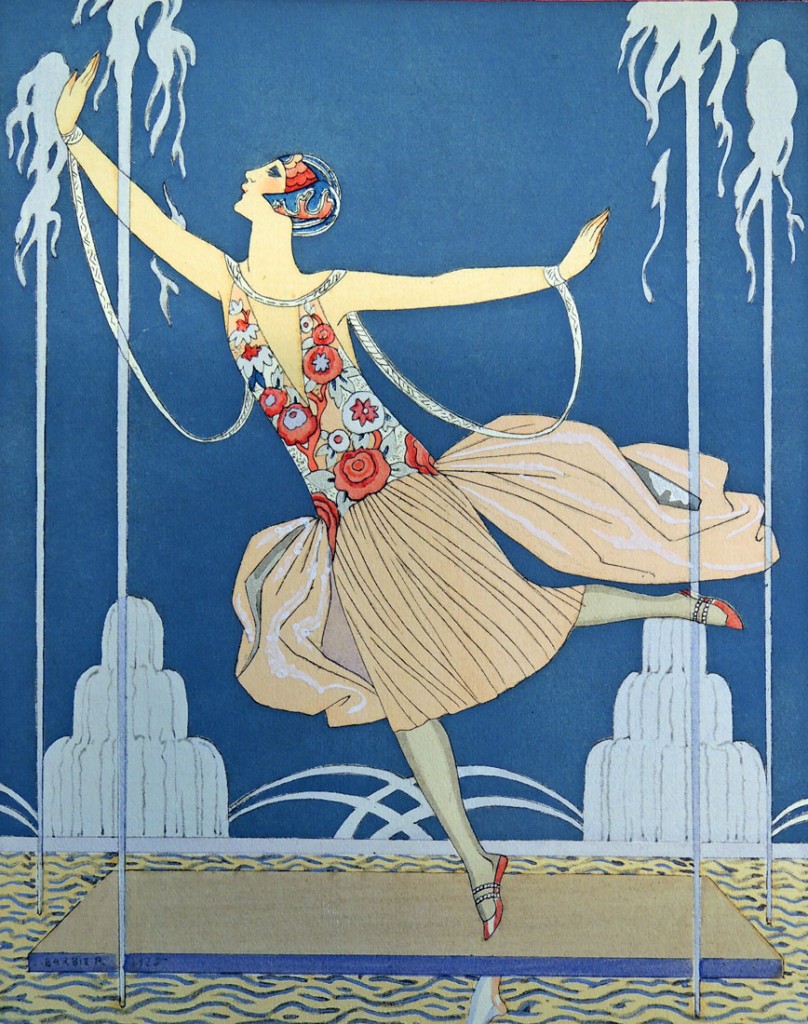
Gazette du bon ton: arts, modes et frivolities (Paris: Lucien Vogel, 1912–1925). 700 pochoir plates. Graphic Arts Collection (GAX) Oversize GT500 .G252q
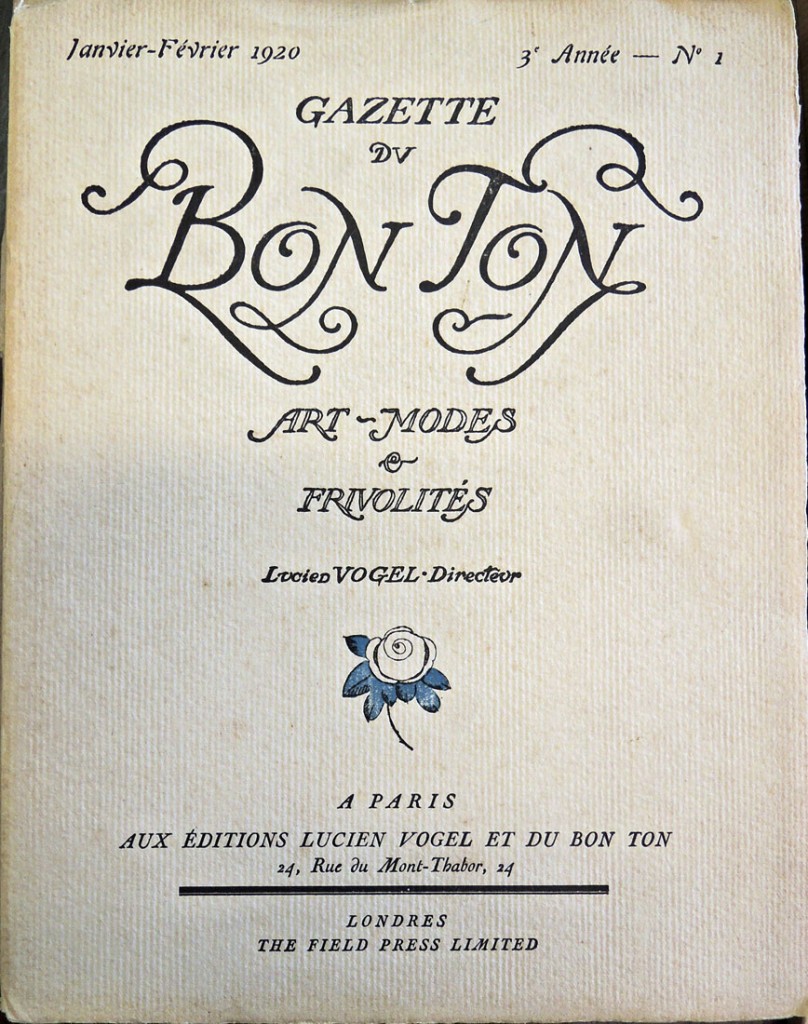 The Graphic Arts Collection holds nearly 200 books and magazines with pochoir (stencil) coloring, assembled primarily by Charles Rahn Fry, Class of 1965. Fry’s collection includes the first half of the French fashion magazine Gazette du Bon Ton, published by Lucien Vogel (1886-1954) from 1912 to 1915 when it was suspended at the outbreak of the First World War.
The Graphic Arts Collection holds nearly 200 books and magazines with pochoir (stencil) coloring, assembled primarily by Charles Rahn Fry, Class of 1965. Fry’s collection includes the first half of the French fashion magazine Gazette du Bon Ton, published by Lucien Vogel (1886-1954) from 1912 to 1915 when it was suspended at the outbreak of the First World War.
Each issue contains ten unbound, pochoir colored fashion plates produced by notable artists and illustrators such as Georges Lepape, Pierre Brissaud, Georges Barbier, and Bernard Boutet de Monvel.
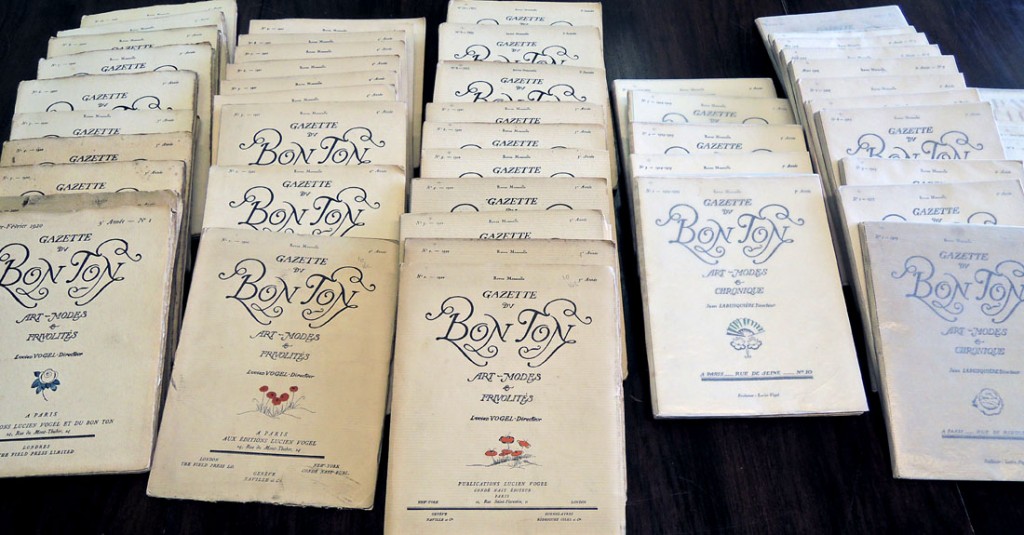 Recently, we had the opportunity to acquire the second half of the publication, 1920 to 1925, completing the set of all 70 issues contained in 69 fascicles. These not only include all the original pochoir plates but the advertising supplements as well.
Recently, we had the opportunity to acquire the second half of the publication, 1920 to 1925, completing the set of all 70 issues contained in 69 fascicles. These not only include all the original pochoir plates but the advertising supplements as well.
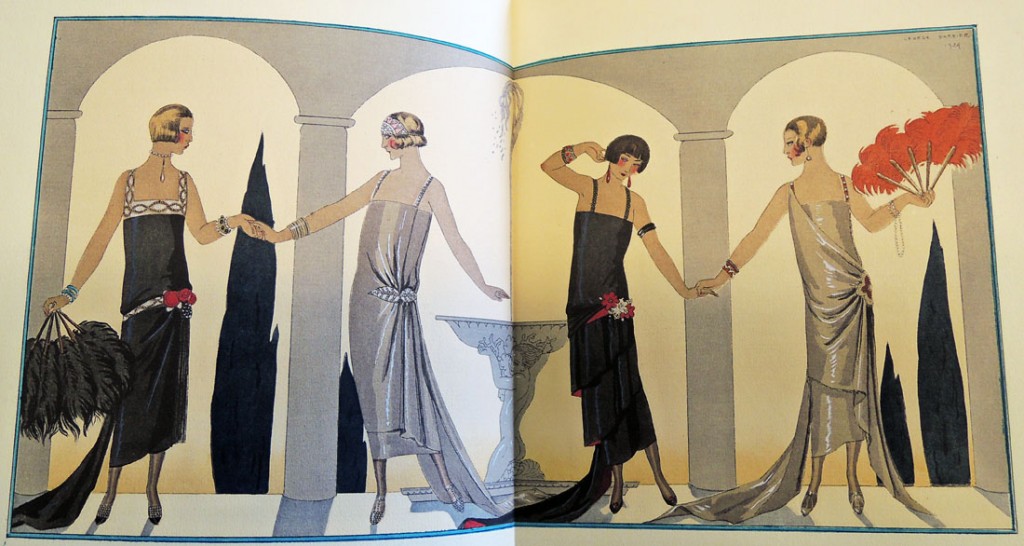
Several changes occurred when the magazine resumed publication in 1920. In particular, it had a second editor, the American Condé Nast (1873-1942). Vogel collaborated with Nast on a pavilion and publication for the 1915 Panama Pacific International Exposition. The two men worked so well together that when the Gazette resumed in 1920, Nast provided the financial backing and both men were listed on the masthead. Nast was so taken with the French publication that he began his own American edition called: Gazette du Bon Genre (not at Princeton).
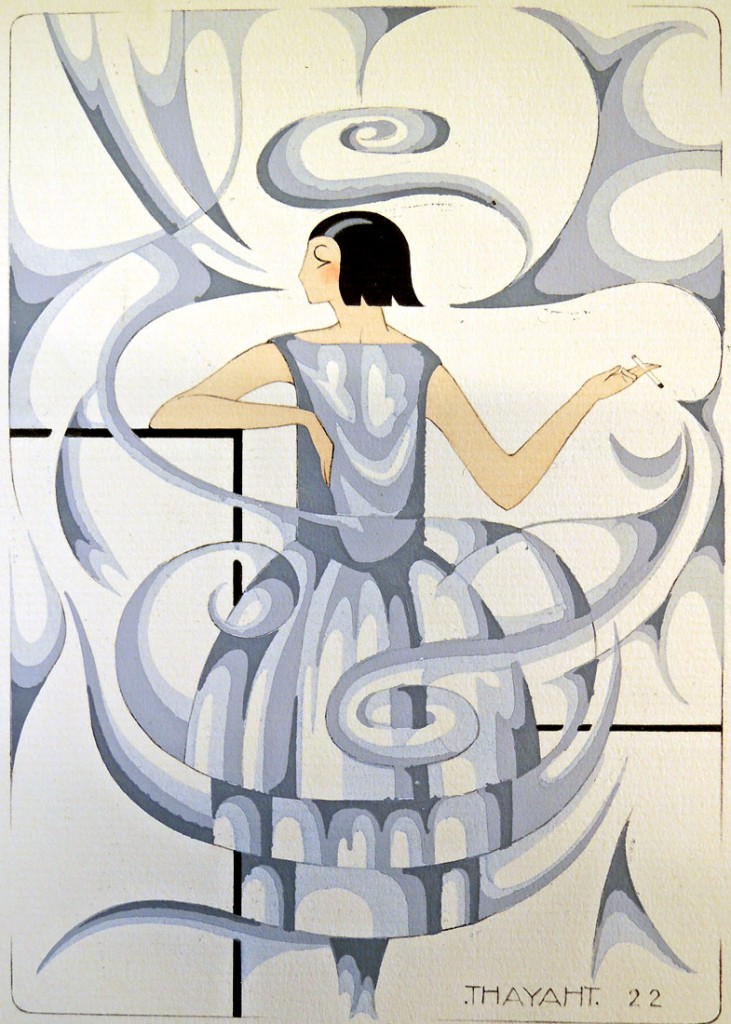
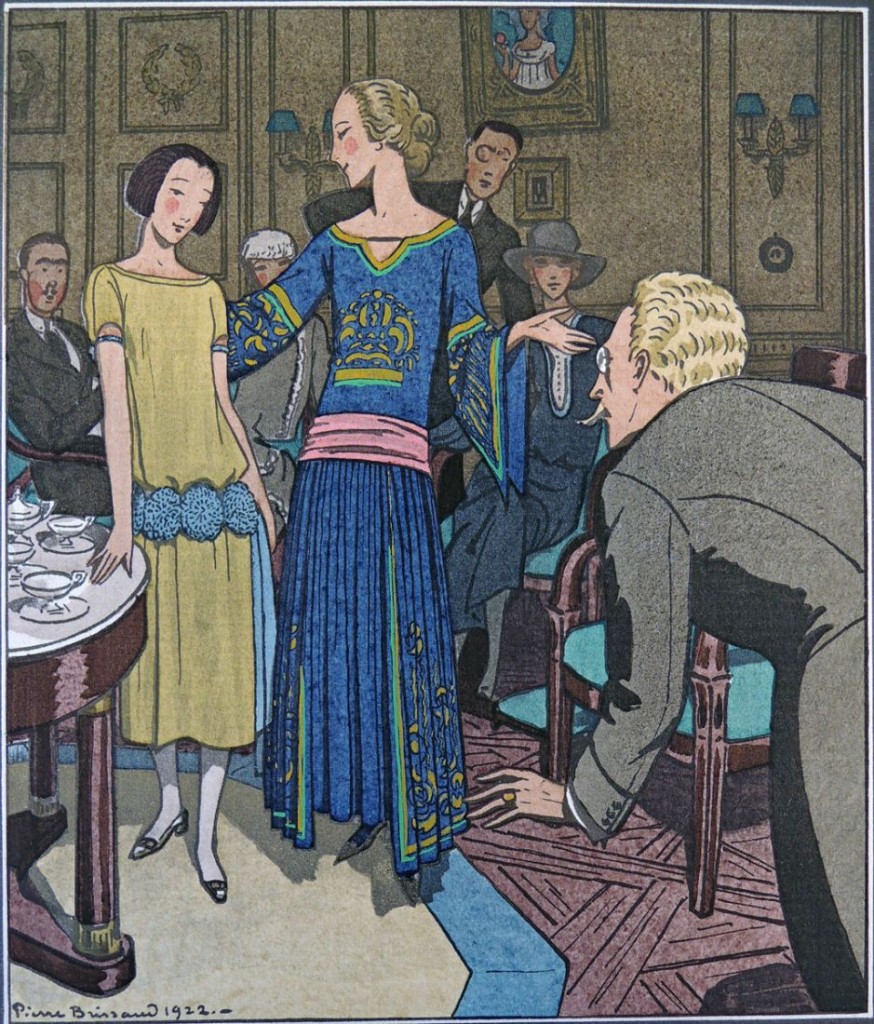 The Complete Collation of the Gazette du Bon Ton is as follows:
The Complete Collation of the Gazette du Bon Ton is as follows:
No. 1 Undated no volume number (Novembre 1912); No. 2 Undated no volume number (Décembre 1912); No. 3 Undated no volume number (Janvier 1913); No. 4 Février 1913 no volume number; No. 5 Mars 1913 no volume number; No. 6 Avril 1913 no volume number; No. 7 Mai 1913 no volume number; No. 8 Juin 1913 no volume number; No. 9 Juillet 1913 no volume number; No. 10 Aout 1913 no volume number; No. 11 Septembre 1913 no volume number; No. 12 Octobre 1913 no volume number; No. 1 Noël Janvier 1914 no volume number; Février 1914 first appearance of a volume number: 2e Année No. 2; Mars 1914 2e Année No. 3; April 1914 2e Année No. 4; Mai 1914 2e Anné No. 5; Juin 1914 2e Année No. 6; Juillet 1914 2e Année No. 7; Été 1915 2e Année Nos. 8-9.
Recently added: Janvier-Février 1920 3e Année No. 1; Mars 1920 3e Année No. 2; Avril 1920 3e Année No. 3; Mai 1920 3e Année No. 4; Juin 1920 3e Année No. 5; Juillet 1920 3e Année No. 6; No month given, 1920. 3e Année No. 7; No month given, 1920. 3e Année No. 8; No month given, 1920. 3e Année No. 9; No month given, 1920. 3e Année No. 10; No month given, 1921. 4e Année No. 1; No month given, 1921. 4e Année No. 2; No month given, 1921. 4e Année No. 3; No month given, 1921. 4e Année No. 4; No month given, 1921. 4e Année No. 5; No month given, 1921. 4e Année No. 6; No month given, 1921. 4e Année No. 7; No month given, 1921. 4e Année No. 8; No month given, 1921. 4e Année No. 9; No month given, 1921. 4e Année No. 10; No month given, 1922. 5e Année No. 1; No month given, 1922. 5e Année No. 2; No month given, 1922. 5e Année No. 3; No month given, 1922. 5e Année No. 4; No month given, 1922. 5e Année No. 5; No month given, 1922. 5e Année No. 6; No month given, 1922. 5e Année No. 7; No month given, 1922. 5e Année No. 8; No month given, 1922. 5e Année No. 9; No month given, 1922. 5e Année No. 10; No month given, 1923. 6e Année No. 1; No month given, 1923. 6e Année No. 2; No month given, 1923. 6e Année No. 3; No month given, 1923. 6e Année No. 4; No month given, 1923. 6e Année No. 5; No month given, 1924. 6e Année No. 6; Mars, 1924. 6e Année No. 7; Avril, 1924. 6e Année No. 8; Mai, 1924. 6e Année No. 9; Juin, 1924. 6e Année No. 10; Juillet, 1924.7e Année No. 1; No month given, 1924-1925 7e Année No. 2; No month given, 1924-1925. 7e Année No. 3; No month given, 1924-1925. 7e Année No. 4; No month given, 1924-1925. 7e Année No. 5; No month given, 1924-1925. 7e Année No. 6; No month given, 1924-1925. 7e Année No. 7 (Special issue Le Pavillon de l’Élégance); No month given, 1924-1925. 7e Année No. 8; No month given, 1924-1925. 7e Année No. 9.
